Oregon’s new governor just put her state on a mission to accelerate homebuilding by 80 percent. But her influence on housing growth began before she took office.
Starting on January 3, more than a week before Governor Tina Kotek’s inauguration, housing projects around Oregon started springing to life. Thirteen homes on an oddly shaped scrap of land near a Beaverton rail stop. Eighty-four new affordable apartments just outside Troutdale’s walkable downtown. A 12-room residential care home that’d help relieve the state’s painful hospital-bed shortage.
Was Kotek personally breaking ground on projects during her campaign stops? No. Rather, unlike both her major opponents, Kotek had pledged to uphold a policy passed by her predecessor Kate Brown: a package of climate-focused rules that reduced the number of car parking spaces new projects are legally required to build.
So when the first business day of 2023 rolled around, homes freed from that red tape were already lining up to start construction.
A new analysis for Sightline estimates that in the Portland suburbs alone, the rules stand to make about 37,000 potential new homes less expensive to develop—and therefore more likely to start construction without further increases in rents and sale prices. That alone is 20 percent of Kotek’s new homebuilding target for the Portland metro area, and 10 percent of her target for the entire state.
Meanwhile, though, a group of six state lawmakers, five of them from Kotek’s own Democratic Party, has introduced bills that would repeal the new rules, which also include many other provisions aimed at reducing climate-warming emissions and improving social equity. The group’s bills would also give a minority of affected jurisdictions veto power over future state rules to advance climate and equity goals. A group of 14 local jurisdictions is also pursuing a legal challenge in the courts, arguing that Oregon had no right to make the rules in the first place.
If these reforms were rolled back, it’d kill thousands of potential homes that would address the state’s worsening housing shortage.
These are the stories of a few of those homes.
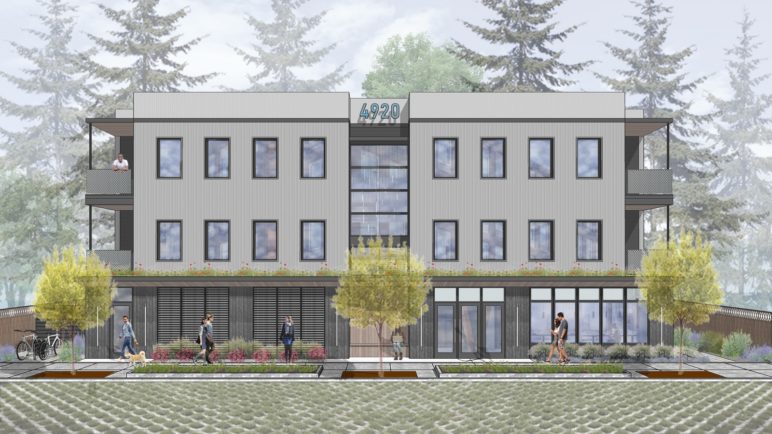
A rendering of the proposed Pacific Avenue Apartments in Beaverton. Image by twelve-twentyfour ARCHITECTURE, founded and led by Gene Templeton. Used with permission.
A downtown apartment project, about to be scrapped, returns with 40 percent more homes
“We have to break down the barriers that are keeping housing from being built, or taking too much time,” Kotek told reporters on her first day in office, after signing an executive order intended to accelerate homebuilding, especially of less expensive homes.
That’s exactly what happened to Gene Templeton’s project, Pacific Avenue Apartments (rendering above), in the inner-ring Portland suburb of Beaverton.
Last summer, Templeton realized he had a big problem with the small apartment building he was planning to build on the edge of downtown Beaverton, whose walkability the city itself boasts. “It was not penciling out at all,” he said, because of the structural gymnastics required to accommodate the required on-site parking.
The nine-unit building was approved with seven parking spaces in the back, as mandated by Beaverton’s parking minimum. To build those seven spaces, Templeton would have to pave half of the property, creating a large hole in the building where the ground floor should be. “We would have had to put in massive concrete columns and an incredibly expensive steel package to just get the building to stand up,” said Templeton. “It did not make any sense because it was so expensive to build.”
Then Templeton got news that Oregon had adopted a new set of rules that would eliminate parking mandates starting in 2023 for properties like his, nearby a frequent bus line and a MAX light rail station. “It was actually remarkable timing.” An architect by trade, he went to work redesigning the building.
No longer constrained by mandatory parking, Templeton added four more homes to the project and diversified the mix of home sizes to include studio, one-, and two-bedroom apartments, to better serve the area’s growing number of one-person households.
Speaking by phone in January, Templeton said he had just met with the structural engineer the day prior, who called the once-complicated project now a slam dunk. “It’s just a simple wood frame building,” Tempelton said. “It should be very straightforward, and hopefully a lot cheaper to build.”
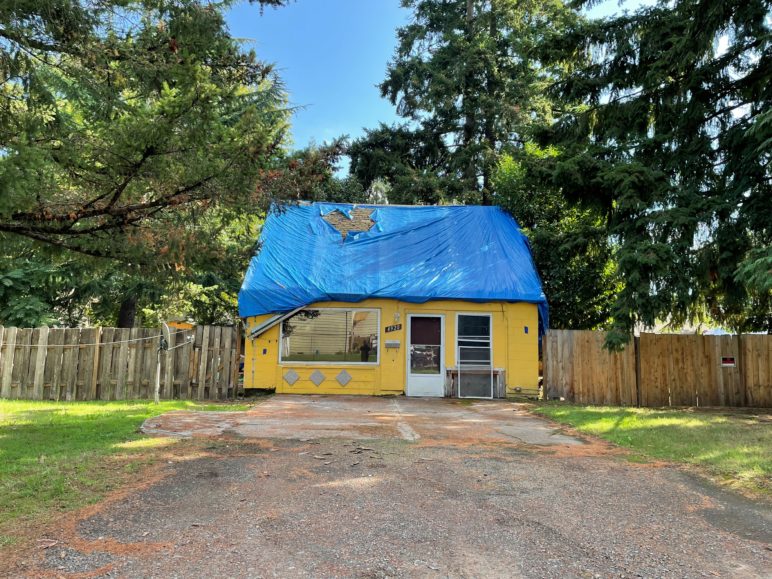
Thanks to Oregon’s parking reforms, 13 new homes will replace this decaying house. Photo by Gene Templeton. Used with permission.
Infill projects like Templeton’s are the region’s main engine for adding housing. A 2018 report from the Metro regional government estimated 60 to 75 percent of new homes built in the Portland area in the future will be apartments or attached condos, most commonly redevelopments of existing property.
Sightline asked planner Mike Sellinger to calculate how many of those potentially buildable apartment or condo buildings would likely be close enough to transit to qualify for fully flexible parking, lowering the cost barrier to development.
Across the Portland metro, four out of every five potentially buildable apartments now have full flexibility over off-site parking because of their proximity to transit.

The answer: about 37,000 potential homes close to transit in the Portland suburbs alone. That’s about 10 percent of Gov. Kotek’s statewide housing target for the next decade. Across the Portland metro, four out of every five potentially buildable apartments now have full flexibility over off-site parking because of their proximity to transit.
Oregon adjusted its parking rules farther from transit, too. Parking is now optional for homes smaller than 750 square feet and for homes meeting affordability standards. For the remaining multifamily housing, municipalities may not mandate more than one parking space per home.
Templeton, who previously owned a car in New York City, doesn’t think parking on the street is so bad. “You may have to drive around the block one or two times, but I always found a parking space,” he said. Residents will have the option to choose for themselves how important off-street parking is, now that buildings like Templeton’s are legal again.
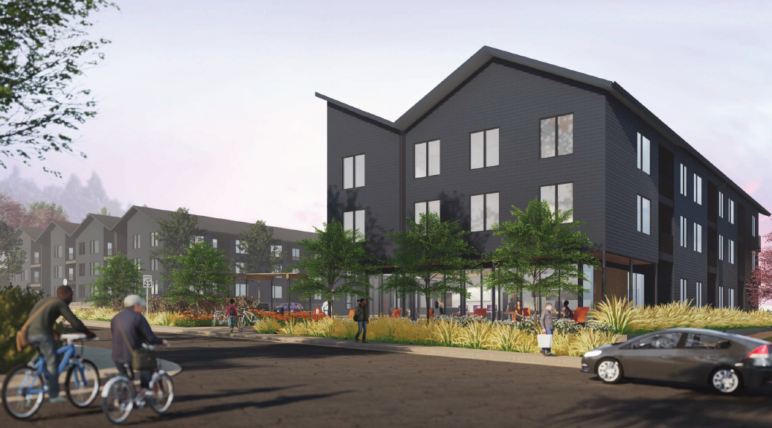
This affordable housing development in Troutdale has re-filed for permits after being blocked for months. Image by Home Forward.
New state rules end stalemate over affordable apartments
Another Portland-area city, Troutdale, denied a request by affordable housing developer Home Forward last September to build 94 below-market-rate homes and 119 off-street parking spaces. Since then, the project had been stalled indefinitely.
Troutdale currently has the Portland region’s deepest shortage of affordable housing, according to a 2022 report for the Homeless Strategies and Solutions Initiative. Just 0.2 percent of its housing market is currently kept affordable to lower-income residents. That’s 98 percent behind a state target based on regional incomes.
The main issue for this project, funded by both county and regional property taxes, was a debate over how much parking was “enough.” Home Forward, the area’s largest affordable housing provider, submitted studies on actual parking use at five nearby affordable housing developments, showing that its proposed Troutdale project would have well more than the 103 parking spaces that would most likely be used by its 94 households.
But Troutdale’s zoning code includes the most stringent parking mandates in the region: two parking spaces for every home. That discrepancy stoked fears among commission members and the public that any lesser number would lead to a parking shortage, and it gave the city leverage to block the project.
Home Forward argued that building the full two parking spaces per unit would be a waste of tax dollars. Moreover, it would cut the number of homes by a quarter and add significant costs for parking they felt confident their residents would never use.
Now that the more flexible parking rules have taken effect, Troutdale is one of the 14 jurisdictions attempting to overturn them in court. Home Forward’s project was one of four examples the cities’ lawyers cited in a motion to stop the state’s new rules from going into effect while the case was pending. The motion was ultimately denied, allowing Home Forward to re-file permits for the buildings on the first business day after the rules went into effect.
A crisis at Oregon hospitals, worsened by local parking requirements
Melissa Bruce has seven seniors on the waitlist to move into her adult care home in Beaverton. But despite having empty rooms available, she can’t accept them. The 12-bedroom house in which she and her staff care for seniors in the last stages of their life is limited to 5 patients by the city zoning code. In August, the Beaverton Planning Commission denied the home’s application to expand to a 12-bed facility. The reason: an alleged lack of parking.
Both the city and Rooted Care Communities agreed four parking spaces would suffice, but Beaverton’s zoning code only allowed the business to count two of its five spaces because the other three back directly onto the street. The church across the street offered use of its parking lot but was too far away from the property to count.
“I didn’t realize the land use hearing was going to be such a process,” Bruce explained. “We were pretty confident someone was going to step up and do the right thing.”
Bruce’s residents are in the last stages of diseases like dementia or Parkinson’s. None of them is able to drive.
At the time of the denial, Oregon had already adopted rules that would, within a few months, fully exempt residential care facilities like hers from parking requirements. Family members who testified in support of the facility were baffled.
“It’s just mind-boggling,” Kristen Johanson said at the hearing. Her mother, who suffers from Alzheimer’s, is a resident of Rooted Care. “Having her three blocks away versus getting in a car and driving is night and day,” she said. “When someone in your family needs this care, you’ll know what I’m talking about.”
Many of Rooted Care’s residents have family within walking distance, and that’s intentional. Locating care facilities in residential neighborhoods helps seniors stay in their communities, even as their medical needs increase. According to Bruce, all seven people on the waitlist are within two miles of the site.
Nancy Meyer, 82, hopes Rooted Care has room for her when the time comes. Before her husband Bill passed away, Meyer got a ride from Rooted Care staff every morning so she could eat breakfast with her husband.
Meyer herself had signed up the adjacent church as a bus park-and-ride location decades prior, when she worked for TriMet. Those same parking spaces sit available today for use by Rooted Care, but a little too far away to count towards the requirement. “I can’t understand,” Meyer told the commission. “All that time, they have had plenty of parking.”
A shortage of facilities like Rooted Care has left hundreds of Oregonians stuck in hospitals, unable to be discharged. The month after the Beaverton denied Rooted Care’s expansion, the state legislature approved a $40 million dollar package to ease hospital overcrowding. The state is currently paying out incentives of $5,000 per patient to facilities that can accept them.
Bruce, who in 2019 was recognized by the Oregon Health Care Association as the nurse leader of the year, is planning to start the application process all over again, thanks to the state parking reforms.
Now the main barrier is financial. Since last year, Beaverton has doubled its planning fees. Bruce estimates it will now cost over $20,000 to go through the land use process again, on top of what they paid last year. Since taking over the facility last year, Bruce has yet to draw a salary.
A tenuous year ahead
Oregon’s example comes as other US states are also looking to simplify zoning and permitting rules, including around parking, to address their own housing crises. California passed a similar set of state parking reforms last year. Washington, New York, Utah, and Colorado are considering them, too. According to multiple sources, Beaverton is on track for a March vote to fully remove parking mandates citywide, voluntarily going beyond the state’s new requirements.
But the future is unknowable, so Templeton is trying to get his apartment building approved as quickly as possible, in case the 14 appealing jurisdictions succeed in overturning the state rules and city politics shift. “It’s certainly a concern,” Templeton said about the pending legal threats. “If there are delays in the permitting process or anything like that, there’s a lot of exposure.” Templeton is unsure what his next move would be in that scenario. “The project is basically dead in the water, if the parking regulations come back.”
It’s far too early to tell how many more buildings like Templeton’s will be permitted due to the new rules this year. But with each passing month, more homes in the pipeline will be put at risk if parking mandates are reimposed. In the years after parking became flexible in Buffalo and Seattle, studies found that buildings that were previously illegal produced more than half of all new homes.
How many homes have been going unbuilt each year in Oregon because of parking mandates? It is impossible to know. Mandatory parking kills some homes at the planning commission. It kills others on an architect’s desk. But scores of other people who want to create new homes walk away even earlier in the process without generating any public records at all. When parking is mandatory, policymakers and the public can’t even know the possibilities these rules snuff out.
But now in Oregon, for the first time in generations, it will be clearer than ever what communities were missing all along.

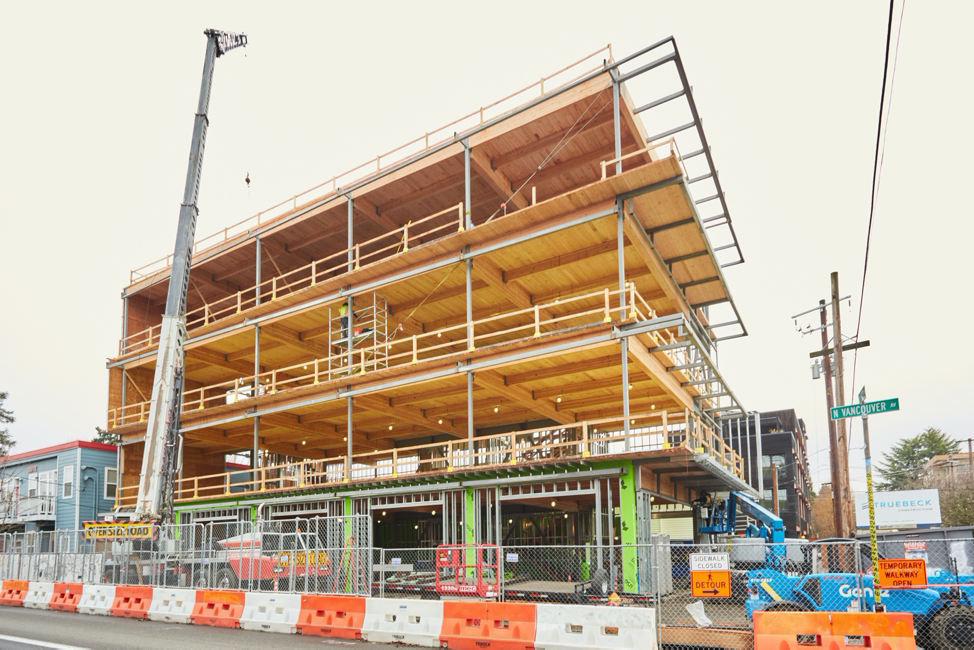
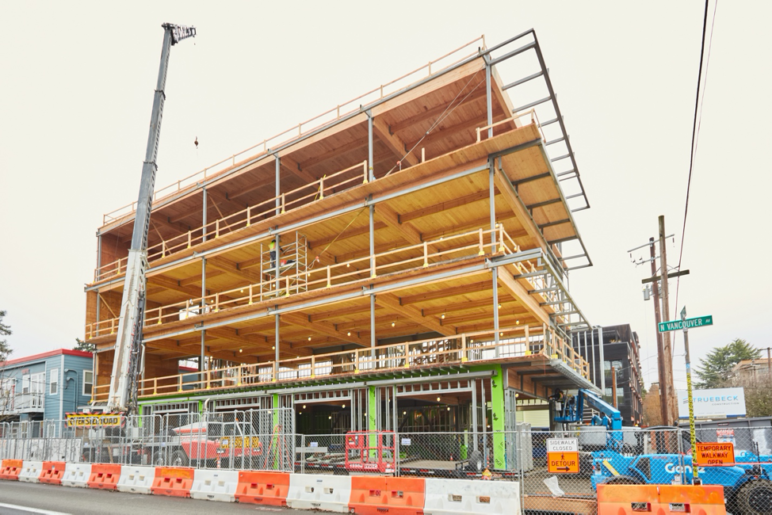



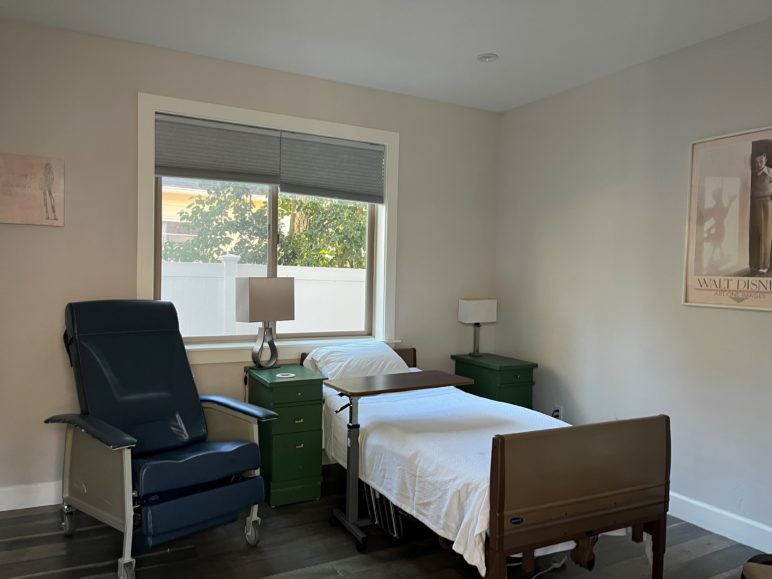






Mike O'Brien
Thanks! Is it possible to identify the other jurisdictions aligned with Troutdale?